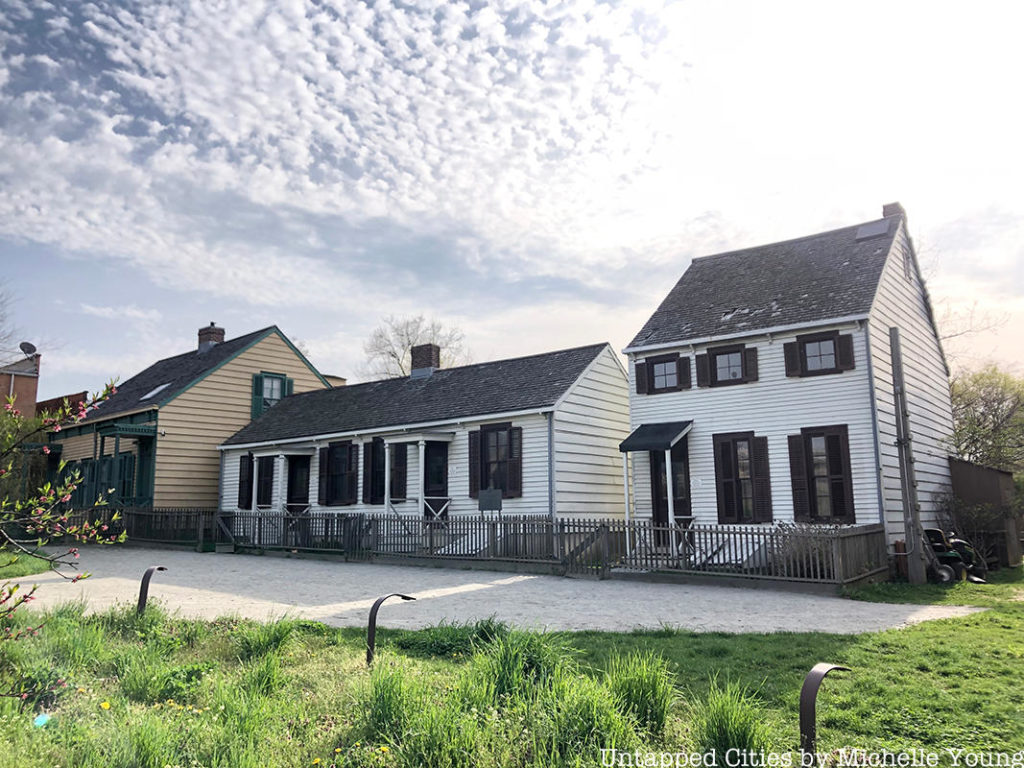22. Weeksville, Crown Heights

Like Seneca Village in what would become Central Park, Weeksville was a neighborhood that was founded by free African Americans, situated in modern-day Crown Heights, Brooklyn. Weeksville was founded in 1838 by James Weeks, an African-American longshoreman who bought land from Henry C. Thompson, a free African American land investor. The land was previously owned by an heir of John Lefferts, a member of the U.S. House of Representatives. Weeksville is speculated to have been a station on the New York Underground Railroad, though there is little evidence to support this.
By the 1850s, Weeksville’s population had surpassed that of Seneca Village, with upwards of 500 residents from across the East Coast, with over a third of residents born in the south. Weeksville was home to two churches, a school (Colored School No. 2), and a cemetery, as well as the Howard Colored Orphan Asylum. Weeksville also had one of the first African-American newspapers called the Freedman’s Torchlight and served as headquarters of the African Civilization Society. Additionally, the area was a refuge for many African Americans who left Manhattan during the 1863 Draft Riots. Four historic houses dating back to the time of the village collectively make up the Hunterfly Road Houses, listed on the NRHP in 1972. The discovery of these houses led to the creation of the Weeksville Heritage Center dedicated to the preservation of Weeksville.
23. Friends Meeting House: 110 Schermerhorn St., Boreum Hill
The Friends Meeting House in Boerum Hill is thought to have been an Underground Railroad stop, though there is little information about the meeting house’s role. Like other meeting houses, including the Old Quaker Meeting House in Flushing, leadership and members alike on the whole supported abolitionist causes and raised awareness and funds to help free slaves and get them educational and employment opportunities. They espoused the belief that all people contain “God’s inner light.”
The Greek Revival Italianate-style meeting house was built in 1857 with a red brick facade. A three-story red brick building housing the school was built adjacent to the meeting house in 1902. The meeting house and school were added to the National Register of Historic Places in 1982.





